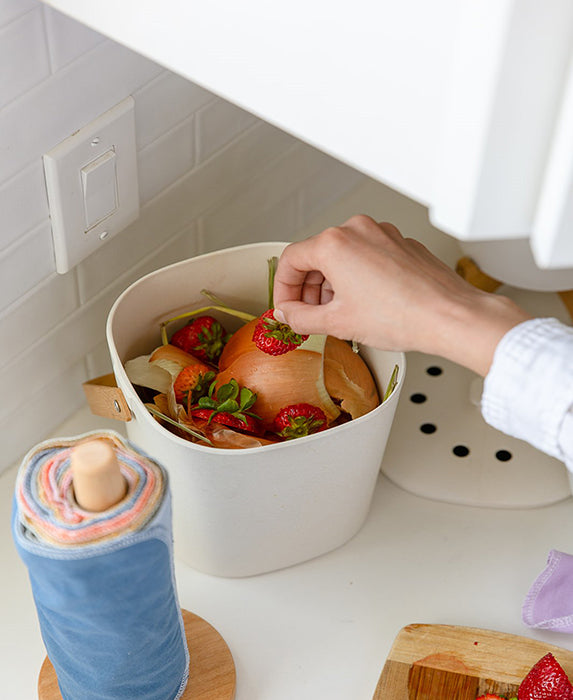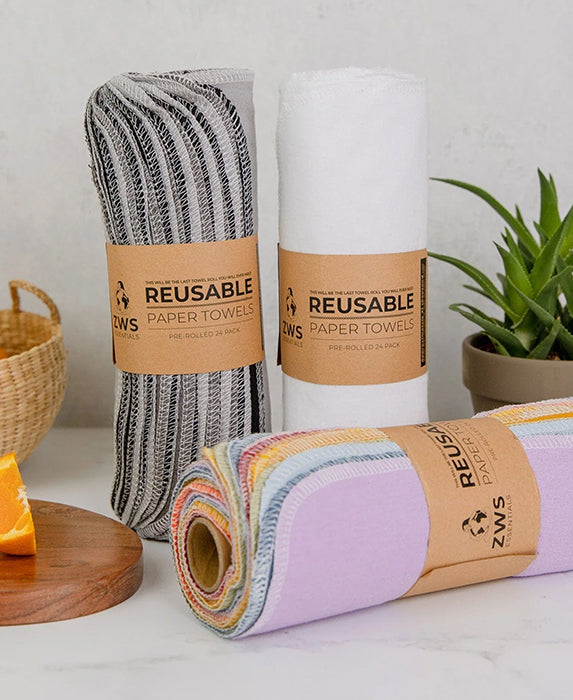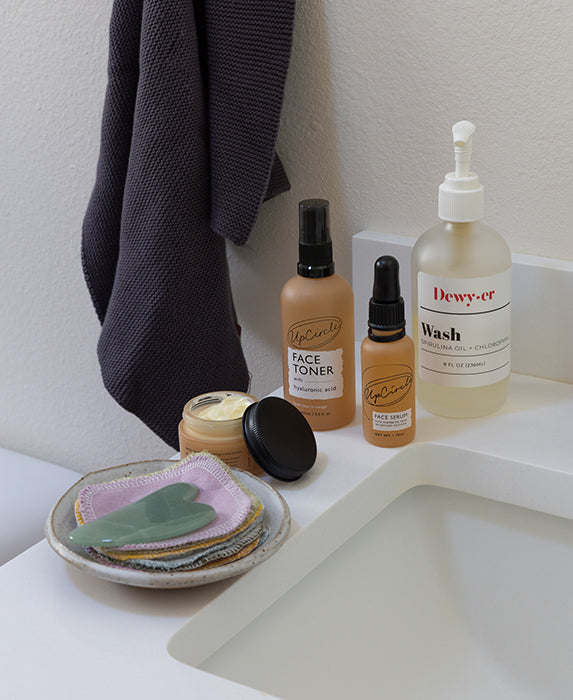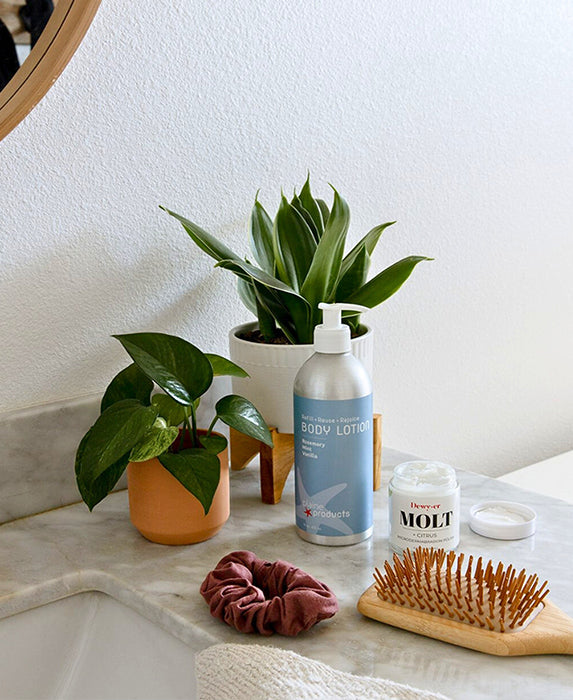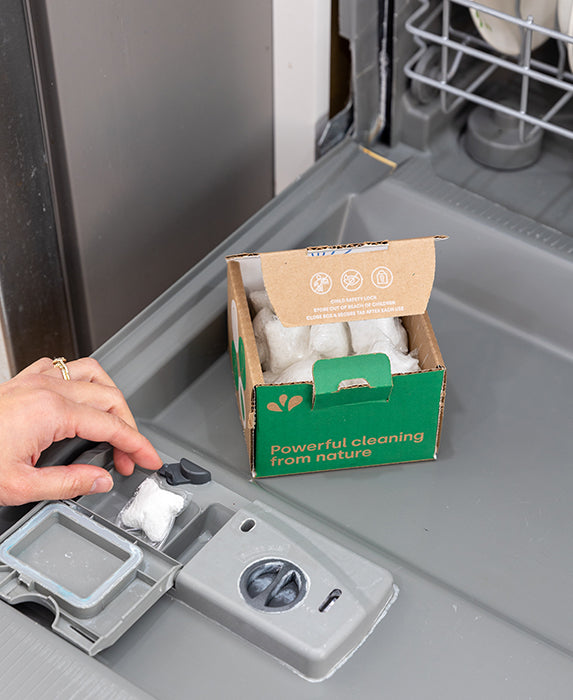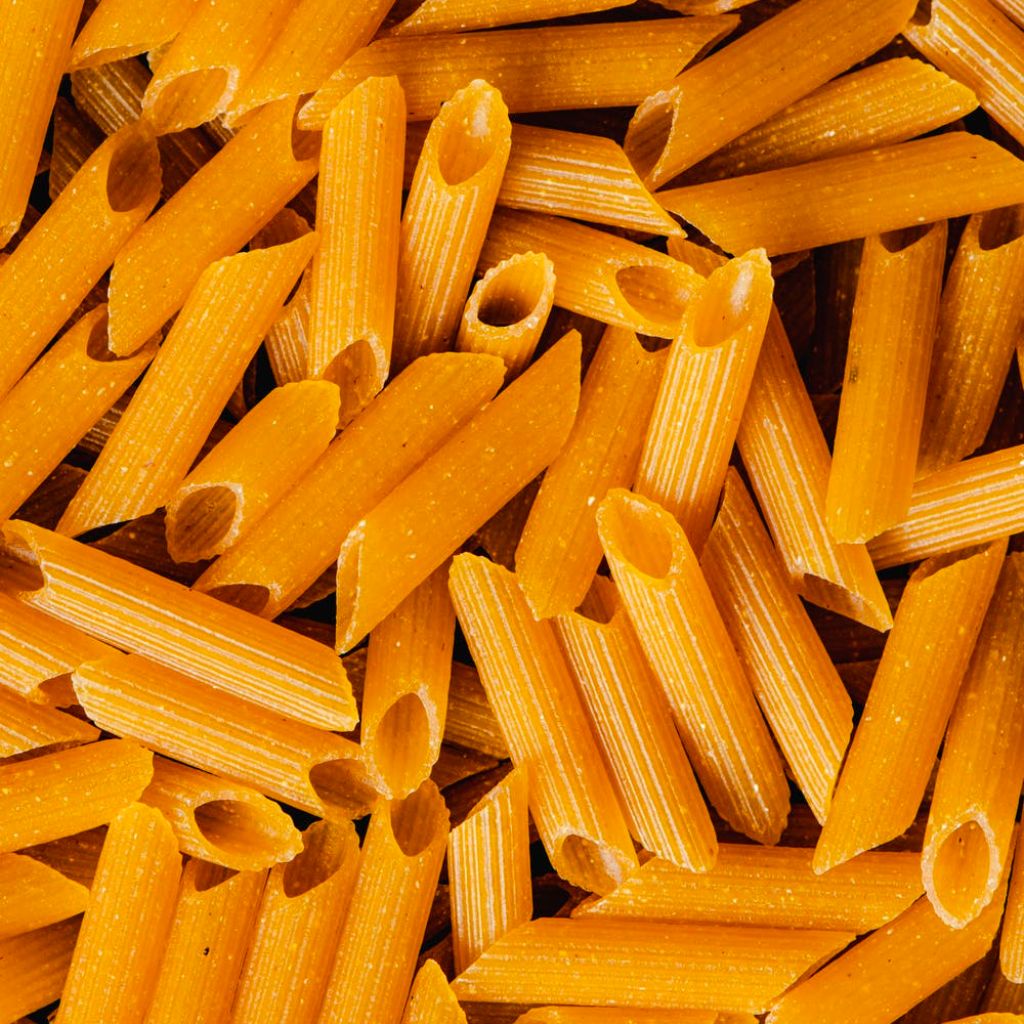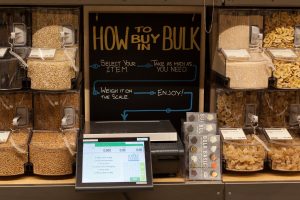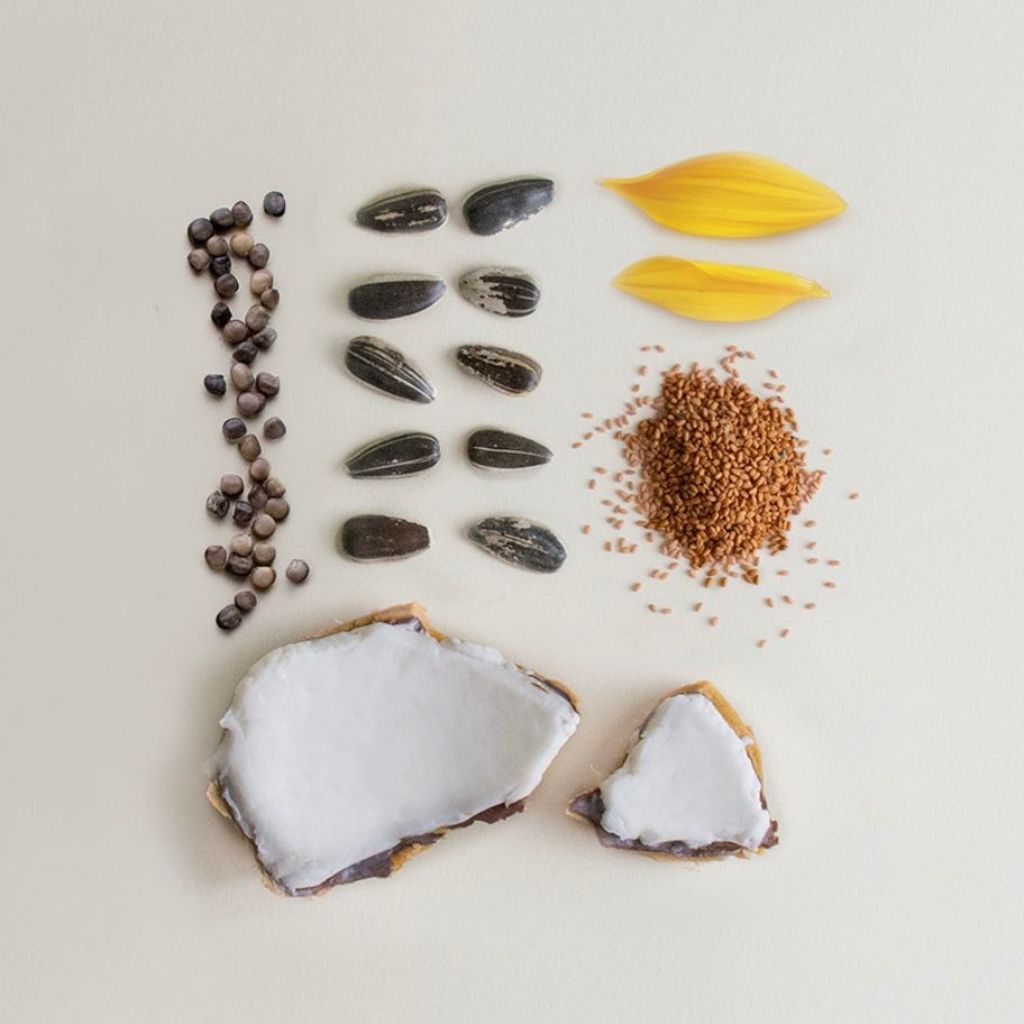How to Buy in Bulk (and save money doing it!)
Bulk shopping: it’s all about saving money and reducing plastic packaging. But, if it’s done the wrong way, it can end up costing you twice as much and creating just as much waste! From using PLU numbers, to understanding price-per-unit, we’re breaking down how to get some serious bulk bargains.
According to the Bulk is Green Council, buying in bulk at the grocery store can save you up to 89% compared to plastic packaged foods. You may not realize it, but you’re paying for all that fancy packaging! And, on top of the savings you’ll see at checkout, most popular bulk food stores have a quick food turnover, leaving you with fresher grains, and an overall fresher meal. Things like spices, which can be pretty pricey and lose flavor over time, can be cheaper and fresher if you can find them in bulk. Plus, there’s often plenty or exciting options in the bulk aisle that can help you get creative in the kitchen! While your pre-packaged grain section may just have your classic jasmine rice and white rice, it’s common to find unique alternatives in the bulk section–think bamboo rice, volcanic rice, black barley, and more!
So now that you know why… let’s tackle how. Bulk shopping can be super easy with the right tools, knowledge, and practice!
1. Stay Organized:
A successful bulk run starts with proper planning. Keep a “bulk shopping” notebook, where you track what you’re purchasing, meal planning, food budgeting, and more! Don’t have your recycled paper notepad handy? Use your camera-phone to take photos of the shelf tags of bulk food so you can remember the price per pound, and then compare prices to get the best deal! Using your phone is also great for some simple reasons–like keeping a grocery list, or looking up recipes.
2. BYOB (Bring Your Own Bags!):
From produce bags to mason jars, there’s no shortage of plastic-free ways to buy in bulk. Plan ahead: what do you plan on getting at the store, and what kind of bag or bin would be best to take it home in? If you’re getting grains, lightweight produce bags are an awesome option. For cheese from the cheesemonger we love non-toxic stainless steel, while liquids like olive oil or vinegar tend to do best in a leak-proof mason jar or recycled plastic container.

3. Price-per-unit:
One of the goals of bulk shopping is to save some cash, but if you misread the cost-per-unit, it can end up getting pricey. To calculate correctly, make sure you really understand what that price means. The “unit” is the amount of a product you’re getting, usually in pounds or ounces, depending on what you’re buying. Use the nearby scales to weigh as you go, putting in one scoop of food at a time so that you only get as many “units” as you need. To get your price, multiply the number of units by the price-per-unit, and wah-lah, that’s the cost! Luckily, most markets (even traditional grocery stores) show the “price per pound” or “price per ounce” right on the price tag.
4. Read Carefully:
At larger bulk stores, the label will tell you if that bulk product is organic, where it was grown or produced, and occasionally what company produced it. Just because it’s available in bulk, doesn’t always mean its a certified organic product, or GMO-free. Cookies, candies, and sweets are usually still those classic, sugary treats you love, just in earth-friendly plastic-free packaging! Make sure to read the label, carefully, to ensure you know what you’re buying (before you scoop out a few pounds of it!)

5. PLU – Learn it, Love it, Use it:
Most bulk stores, whether it be food, personal care, or cleaning products, will have a PLU (aka Price Look-Up Code) number. The clerk will need this PLU number when you checkout, so make sure to jot it down in a visible spot on the bag, label, or twist-tie. Some bulk storage products even come with a handy-dandy spot to add your PLU number! Bonus points if you bring an oil pencil or permanent marker to avoid extra stickers or ties. Writing down your PLU codes gets you in-and-out of the checkout lane faster, and makes ringing you up a little easier on the clerk. Keep in mind, if you’re buying multiple types of one product (like multiple types of rice), you may want to add the item’s name with the PLU. Varieties of flour, soap, and nuts can end up all looking the same when you get home if you’re not careful!
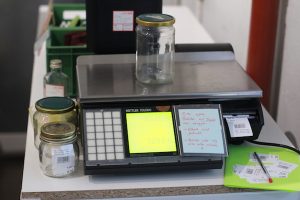
6. Take it One Pound at a Time:
Unless you’re only able to make it to your bulk store a few times a year, only get as much food as you could actually eat in a certain time frame. Even though most bulk items keep pretty well–things can still go rancid or end up with bugs if you’re not careful, and there’s nothing worse than tossing the 5 pounds of cashews that you wanted to stock up on! As you get used to shopping in bulk, it’ll start feeling more natural to guesstimate serving sizes. We all know a handful of uncooked pasta can look like the perfect portion, then end up being way too much! So, take it slow, get only what you need (and like!), and start making mental notes of how much your family actually eats.
7. Keep an Eye Out:
Tons of bulk stores, or sometimes even your local large grocery stores, have useful take-home information in their bulk sections, from recipes, to DIY personal care, and even deals and coupons on more bulk items! Grab what you need, and keep them in your planning notebook at home for future use. Keep in mind, you won’t automatically have cooking instructions like you would on packaged grains or pastas, so you’ll need to figure out cooking times on your own. Don’t know how long your jasmine rice takes to cook? Just do a quick search–the internet can be super helpful!
8. Plan your Pantry:
If you’re anything like us, you’ve seen tons of perfectly planned pantries on Instagram, with rows of spotless mason jars filled to the brim with package-free snacks and goodies. While it looks absolutely adorable, there’s also a practical purpose behind this bulk trick! While reusable produce bags and stainless steel cans are great for buying in bulk, they’re not the best for storage (unless you’re fine not seeing what’s inside). Save and re-use the non-bulk food jars you have, and label and date them when you fill them with bulk, so you know exactly what’s in each jar, and when it’ll go bad. There’s no need to spend money on new jars when you can salvage them from salsas, pasta sauces, and jams of weeks past! Sometimes it’s helpful to use sticker labels so that you can reuse your jars for different items. Pro tip: to get those pesky old labels off your glass jars (and make them totally Pinterest ready!), soak them in warm water and soap, using a scrubbie or your fingernail to pull away the sticker.
9. Research First:
Did you know that nearly any whole-grain flour, as well as seeds and nuts, will keep longer in the fridge or freezer than in the pantry? Or, if your pantry shelves are exposed to light, you should get opaque storage containers instead of glass to protect your food from being damaged? A little research can go a long way in learning what items should be stored whree. While it may seem like added work, there’s always resources out there to make shopping in bulk a breeze. Once you get the hang of it, it’ll feel like second nature.
10. Do What You Can:
If you live in a rural area, or even some cities, it may be pretty hard to find a bulk food store, much less non-food bulk products like laundry detergent or essential oils! Don’t fret–there’s still a bunch of ways you can reduce the amount of plastic you take home from the grocery. Opt for things without plastic packaging whenever possible, like whole fruit instead of pre-sliced fruit in plastic bins, or glass jars instead of plastic jars. Or, if you have a few staples you know you’ll go through quickly, buy them in larger family size packages to cut down on overall packaging. This will reduce the amount of recycling, and trash, you create–and give you some awesome empty containers for trying your hand at DIY, saving leftovers, or for the next time you go bulk shopping.
Our favorite way to shop bulk? With local Boulder, Colorado bulk personal care + essential oils store, Refill Revolution! No matter where you live (USA, Canada, and even Great Britain!), you can ship her your empty containers to be filled with some awesome bulk goodies–everything from laundry detergent to eye makeup remover. Plus, you can buy empty glass containers to help your next trip to the bulk grocery store!

